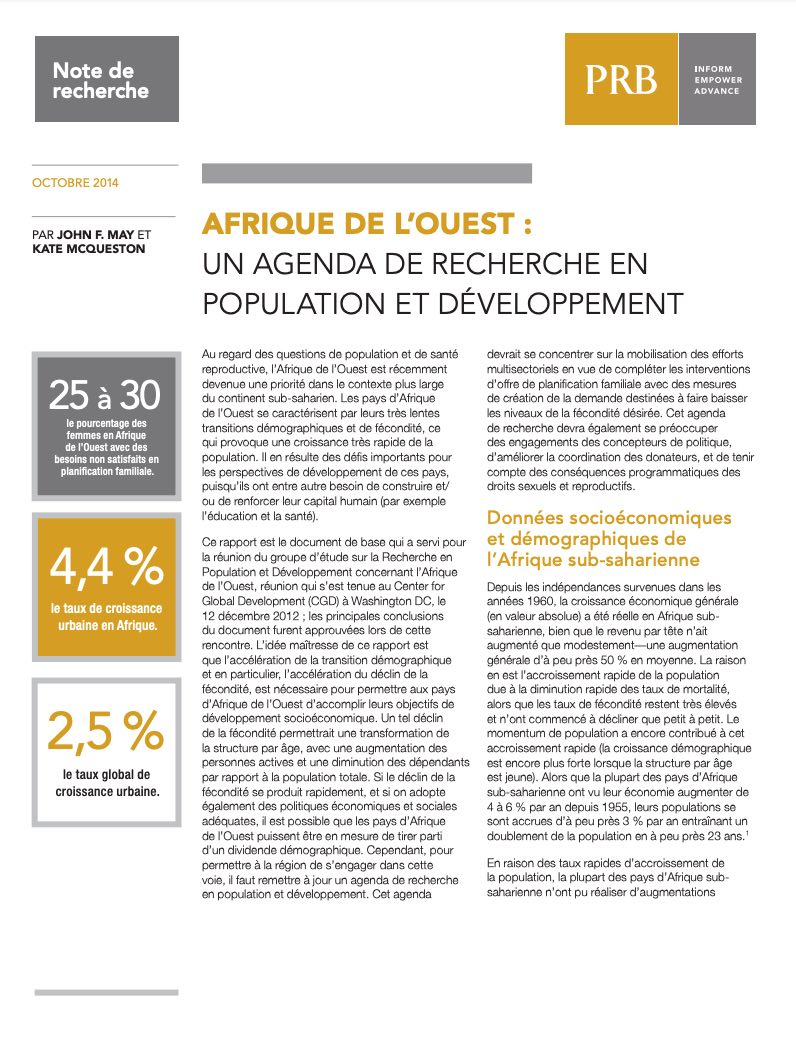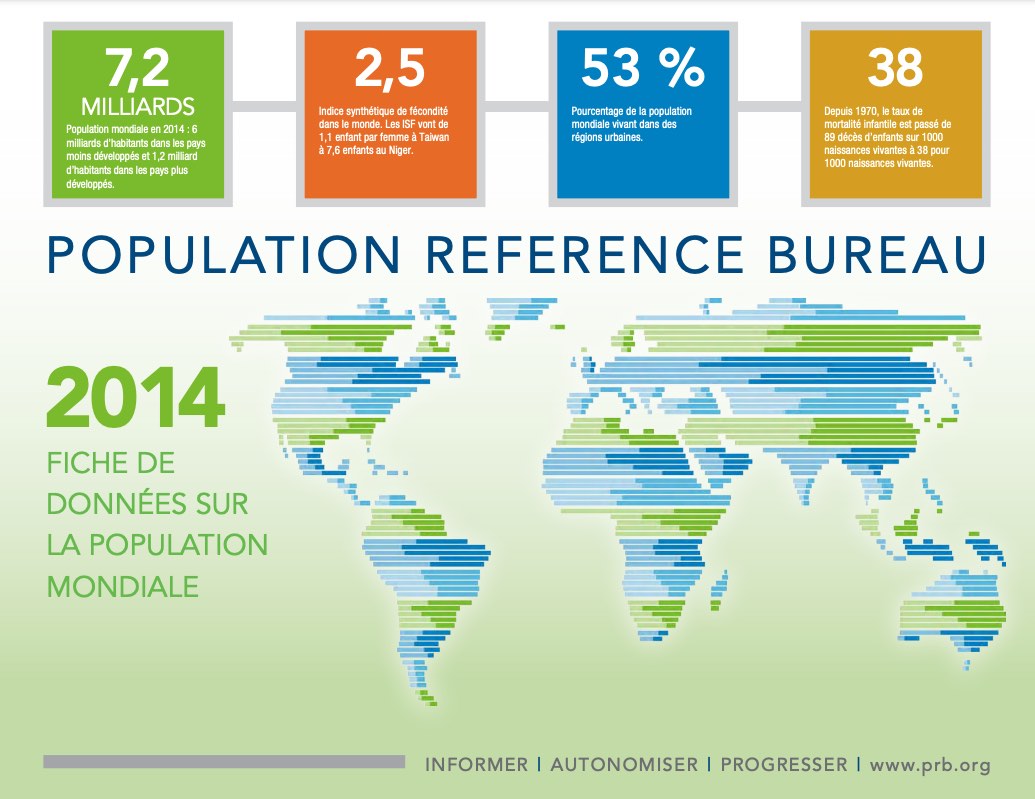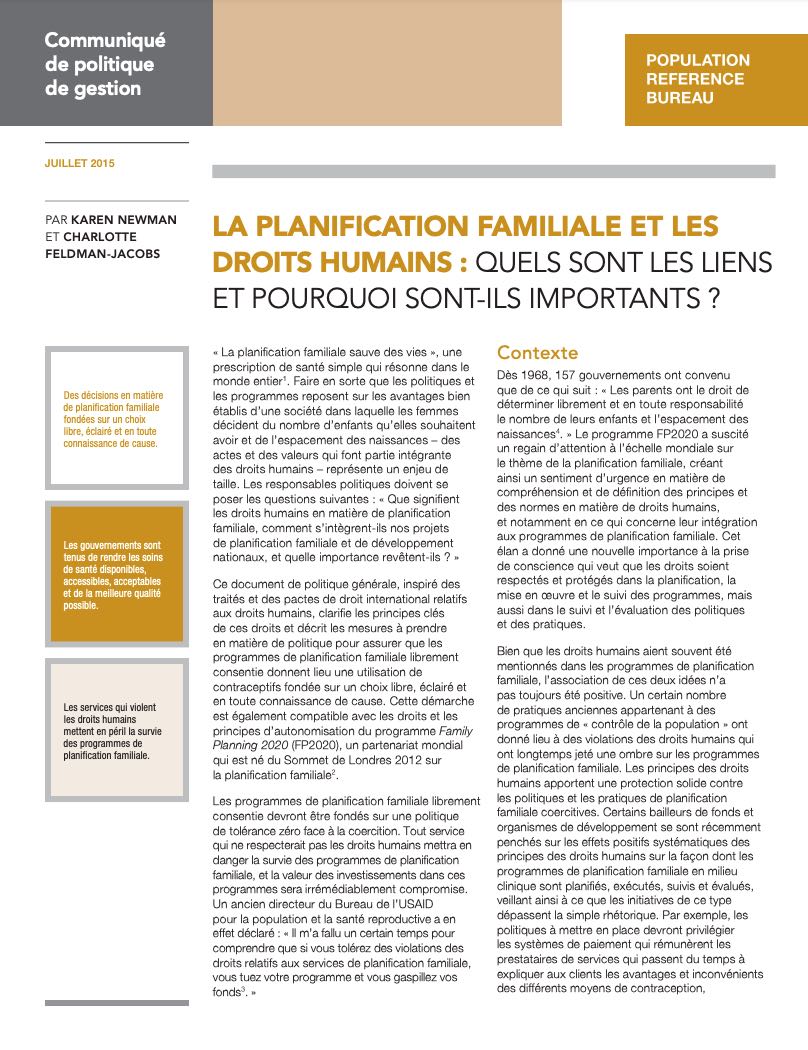405 Search Results Found For : "%E5%B9%BF%E5%B7%9E%E5%BC%80%E5%88%A9%E7%A9%BA%E8%B0%83%E5%92%8C%E7%89%B9%E7%81%B5%E7%A9%BA%E8%B0%83%E5%BE%AE%E4%BF%A1%E5%8F%B7%EF%BC%9AGU-2015"


Afrique de l’Ouest : Un Agenda de Recherche en Population et Développement

La Fiche de données sur la population mondiale 2014 (PDF)

La Fiche de données sur la population mondiale 2014
PACE: Policy, Advocacy, and Communication Enhanced for Population and Reproductive Health
Ensuring that family planning, reproductive health, and population issues are key for sustainable and equitable economic growth and development.

La Planification Familiale et Les Droits Humains : Quels Sont Les Liens et Pourquoi Sont-Ils Importants ?
Senior Women Journalists Chosen for ‘Women Deliver’ Awards
(2015) Three alumna of PRB's Women's Edition program and a fourth journalist who participates in PRB's study tours and trainings in Francophone West Africa are among 15 journalists being honored by Women Deliver for their excellent reporting on the health and rights of women and girls.

Continuity and Change in the U.S. Decennial Census
The first nation in the world to take a regular population census, the United States has been counting its population every 10 years since 1790—as required by the U.S. Constitution (Article I, Section 2).

Project: Demography and Economics of Aging and Alzheimer’s Disease
Are Baby Boomers Healthy Enough to Keep Working?
Today’s Research on Aging, No. 37: Working longer can reduce public spending and enable some older workers to enter retirement with more financial security. But are older Americans healthy enough to work longer?
